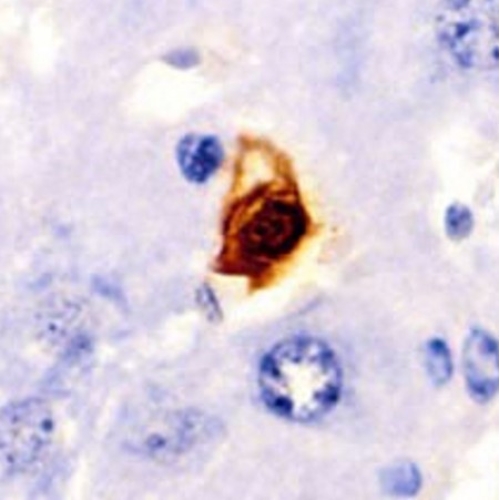Key points from article :
A novel, non-invasive biomarker test that can be used to measure and track performance of senolytics.
Unique signaling lipid metabolite released when senescent cells are forced to die.
Detectible in blood and urine, making non-invasive testing possible.
“Biosynthesis of these signaling lipids reinforces the permanent growth arrest of senescent cells,” - Christopher Wiley, lead scientist.
Polyunsaturated fatty acids accumulate inside the arrested cells where they are used to manufacture oxylipins.
Identified one of these fatty acids, dihomo-15d-PGJ2, as unique to senescent cells.
Detected in mice treated with both chemotherapy and the senolytic, confirming specificity for senolysis.
Inhibiting its synthesis allowed a subset of cells to escape senescence and continue dividing.
"...huge plus to stem the ravages of age-related disease," - Judith Campisi, senior scientist on the study.
Research by Buck Institute published in Cell Metabolism.





